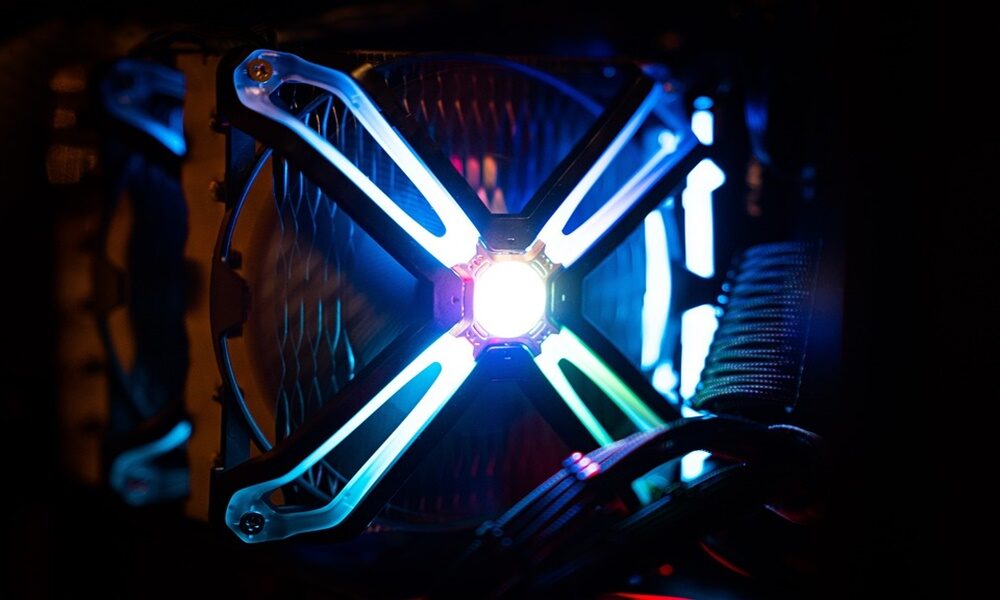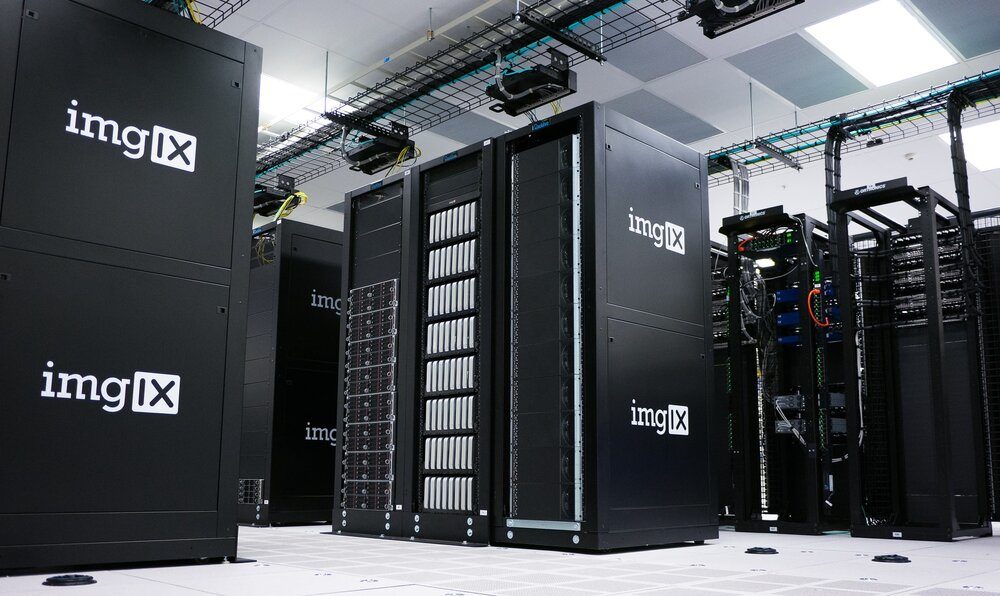
July will be the date marked in red on the Spanish calendar for the launch of the MareNostrum 5a government project in which the Ministry of Science and Innovation has invested €52 million. will stay in the Barcelona Supercomputing Center-National Supercomputing Center (BSC-CNS).
The irruption of MareNostrum 5 occurs 20 years after the arrival of the first MareNostrum, although it will be 7,500 times more powerfuland even with respect to MareNostrum 4, it will surpass it in speed and efficiency, being 30 times more powerful. It will be a great investment. With model 4 it has been six years of support for Spanish and European researchers in the field of biomechanics, geophysics, astrophysics or the fight against cancer, but now the fourth version is obsolete and a significant improvement is necessary.
Unlike the fourth version, the MareNostrum 5 will not be able to be installed in the BSC-CNS chapel, something striking and that has always given it both prizes and guided tours. However, the chapel provides 1.5 megawatts for supercomputers and 160 useful square meters, unnecessary figures for the 10-12 megawatts and the 1,000 square meters of which the new version will require. Refrigeration, dense electrical distributions and perennial maintenance are required, which is why it has been mandatory to build a new data center.
The MareNostrum 5 will be a supercomputer specializing in artificial intelligence and even in the virus spread simulation, a very useful function after the Covid19 pandemic. In the same way, you will be able to analyze and interpret the two quantum computers that will be installed in the BSC in 2023 and that will be located in the famous chapel; the Quantum Spain Y the european model.
The new technology that the MareNostrum 5 brings with it will allow strengthen medical research through the design of new drugs, vaccines and analysis of large volumes of data. He will also contribute to other subjects such as Astronomy, Materials, Computer Science, Life Science, Earth Science, and Computer Applications in Science and Engineering.
The new supercomputer will revolutionize the field of computing, but it will not replace traditional supercomputers. MareNostrum 5 will contribute to solving problems outside the reach of digital computers in less time, although it will not have the highest possible calculation speed, since it is subdivided into two parallel systems.
Similarly, MareNostrum 5 incorporates an experimental platform to develop new supercomputer technologies; MEEP – MareNostrum Exascale Experimental Platform.
Your financing
MareNostrum 5 requires a budget of €150 millionof which 50% comes from the European Commission and a consortium made up of Spain, Portugal and Turkey.
The European High Performance Computing Joint Undertaking (EuroHPC) has managed to place MareNostrum 5 as one of the five most powerful, in calculation speed, of the world. The list, traditionally dominated by the US and Japan, presents in the top five the finnish lumi and to Italian Leonardo (third and fourth respectively). To this will be added in 2024 the german jupiterwhich arrives to snatch the first place from the frontier US.
Since the birth of the first MareNostrum in 2004 and the EuroHPC in 2017, Europe has managed to position itself at the forefront of computing and be a fierce competitor against other major world powers. And it is that in addition to supporting European researchers, EuroHPC aims to develop own technology.
More about the BSC-CNS
It is defined as a consortium made up of the Ministry of Science and Innovation, the Generalitat de Catalunya and the Polytechnic University of Catalonia (UPC). It is made up of 784 people that follow the lines of research of the funding programs of the European Union, public calls for Spanish and Catalan research and collaborations with other leading companies in the sector.
In terms of financing, it has a contribution from the 60% from the Ministry of Science and Innovation of Spain30% from the Generalitat and 10% from the UPC.
The researchers hope that the next generation of supercomputers, the Mare Nostrum 6do not depend on non-European technology for its construction, but rather be self-sufficient.



